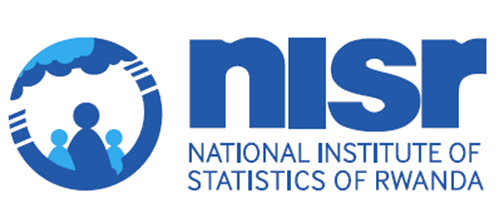The tertiary education level includes universities, polytechnics, and other higher learning institutions, where students can pursue their studies in a range of academic directions or opt to enter an array of technical or vocational fields. Undergraduate degrees currently require four years to complete.
In Rwanda, short-cycle tertiary education is estimated at 0.8%, Bachelor or equivalent at 2.8%, Master’s or equivalent at 0.4%, and Doctoral or equivalent at 0.1%.
TABLE: Distribution (number and percentage) of the resident population aged 15 years and above by highest level of education attained, sex and area of residence (Rwanda)
| Area of residence and Level of education | Percentage | ||
Both sexes | Male | Female | |
| Total | 100 | 100 | 100 |
| No primary schooling | 16.3 | 13.5 | 18.8 |
| Some primary | 33.9 | 35.7 | 32.2 |
| Completed Primary | 30.1 | 30.0 | 30.1 |
| Lower secondary | 7.6 | 7.4 | 7.8 |
| Upper secondary | 8.0 | 8.4 | 7.7 |
| short cycle tertiary | 0.8 | 1.0 | 0.7 |
| Bachelor or equivalent | 2.8 | 3.2 | 2.4 |
| Masters or equivalent | 0.4 | 0.5 | 0.3 |
| Doctoral or equivalent | 0.1 | 0.1 | 0.0 |
| Not stated | 0.1 | 0.1 | 0.0 |
Source: Fifth Population and Housing Census - 2022
The proportion of the population aged 16-30 years who attended tertiary education in Rwanda was 2.9% in EICV7. Access to higher learning education remained more prevalent in the urban population (5.4%) than rural (1.6%).
